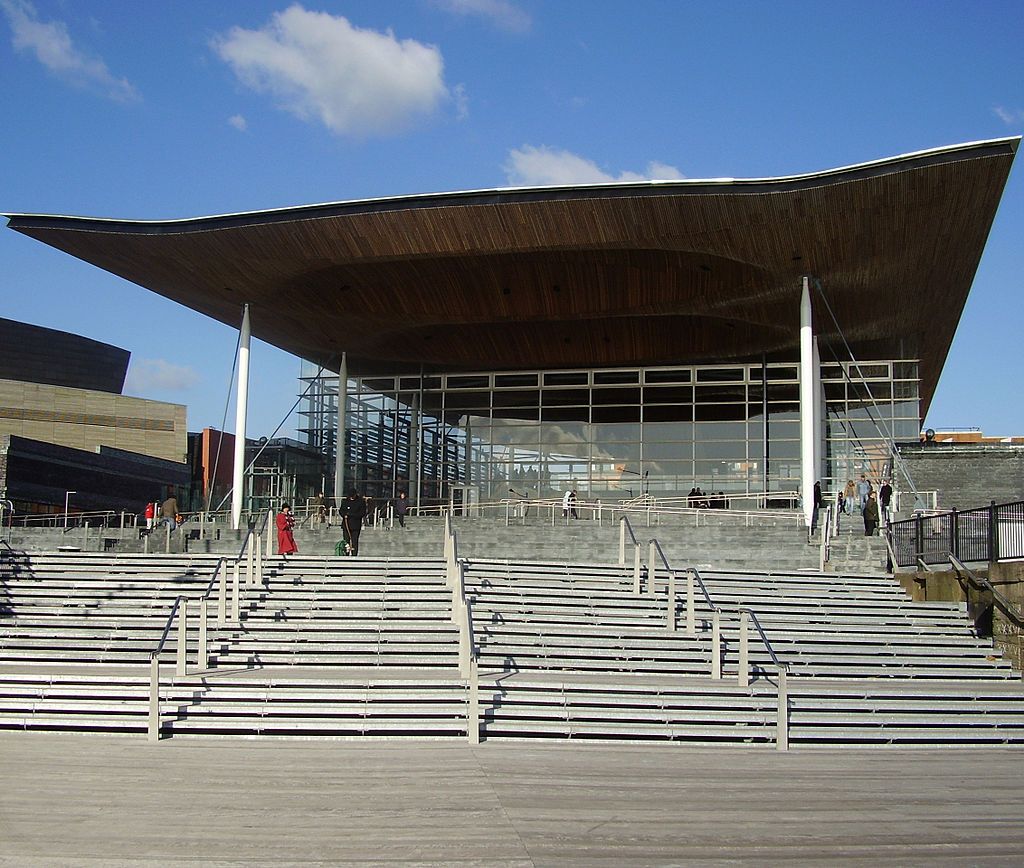
The Questions of Bauhaus: Can Progress and Public Interest Go Together
Instead of this article, we could have written two different ones: one about architecture as a social project, and another — about technical progress as a source for artistic search. Both of them would have been interesting, but the story would lose the most important thing — a strong, although not always obvious connection between the two.
The rapid industrial development of the 19th century caused mass-scale urban poverty. The idea of Bauhaus, like the idea of the modernist project in general, was to use innovation to achieve the opposite effect — social justice. General justice was viewed as a communist utopia, an absolutely new world order where everyone would be equal, and in practice, every citizen would have the minimum of conveniences.
Avant-garde architects saw the reason for bad living conditions of most urban dwellers not in the rapid technological leap, but in the fact that conservative architecture with a long production cycle did not take this leap on time. The same conservative approach led to the lack of immediate success of the social project conceived in Bauhaus. Before WWII, it existed as separate experiments and was applied on a relatively mass scale only in Tel Aviv and some of the cities in the USSR.

Meonot Ovdim, Tel Aviv. Architect — Aryeh Sharon. 1930s. Photo: wikimedia.org

A building in Tel Aviv. Photo: BernieCB / Flickr

A building in Tel Aviv. Photo: y____ / Flickr

A building in Tel Aviv. Photo: Jonas Hansel / Flickr
On the contrary, starting from the end of the 1940s, both in half-destroyed Europe and in other parts of the world, modernism celebrated an almost indisputable victory. Identical houses were built from the elements which were produced in plants, filling countries and continents with similar-looking districts. This was basically what the main novelty was originally all about: to make a standard apartment cheaper thanks to mass production.
The side effects were stunning. In the 1960s, American economist Jane Jacobs was pretty convincing when she said that the urban environment which was considered the slums in the 19th century is more fruitful than industrial streets of broad avenues full of hopelessly similar buildings. The critique of the functional approach to residential construction in the 1960s and 1970s was greatly varied, but it was mostly about the fact that with optimization as the ultimate goal too many human needs — such as diversity or communication outside the home — were left unattended.
Identical houses were built from the elements which were produced on plants, filling countries and continents with similar-looking districts.
Intuitively, many professionals, and even more so, many common people started getting the impression that it was the fascination with novelty that led to these upsetting results. In Russian, the word Bauhaus is still often associated with the nihilistic renouncement of the sensible past traditions.
At the same time, new materials or technologies on their own couldn’t have become the reason for unacceptable simplification of architecture. It is likely that the major role here was played by the social component that dictated the saving of everything which was not considered necessary. A mere aesthetic fascination with minimalism could have hardly had such large-scale consequences and would have probably remained until our times in the form of expensive, and in their own way, luxurious buildings by the third director of Bauhaus, Mies van der Rohe. Richard Rogers, a leading contemporary architect, said that it was not the principle that made technical progress serve social progress that was wrong, but the dogmatic approach that accompanied it, as well as overlooking such important urban function as communication.
Rogers himself first became famous thanks to experimental buildings that he made lighter using mostly metal and glass, bared the structure of buildings, including ventilation tubes, and tried to create architecture that changes in time. In his famous London Stock Exchange, walls could be removed to increase the square area of the building. Indeed, Rogers is the master of public spaces, whether inside the office or on the adjacent square.

Building of the National Assembly in Cardiff. Architect — Richard Rogers. Photo: wikimedia.org
At the same time, his authority and achievements were not enough to justify innovation. Today, the only thing that is not doubted in the public space is the idea about the social role of architecture — it is still supposed to create a better life for as many people as possible. A professional search on its own receives much less attention, and sometimes it is even criticized for being too extravagant, like what happened with projects by Zaha Hadid.
In terms of technology, architecture is behind not only many other areas such as transport, but also its own ideas about what is possible. The dreams of dynamic architecture that were born in the 1960s, have not yet been implemented in anything noticeable. Experiments by Rogers and other architects of his generation did not become a part of general practice, neither did other achievements of the following decades, such as structures with curved lines.
Architecture is behind not only many other areas such as transport, but also its own ideas about what is possible.
This may be the reason that architecture is not very successful in solving social tasks: is it still trying to implement that fifty-year-old agenda? And, in this case, who was wrong — those who wanted progress to serve humanity or those who got disappointed in progress later?
In any case, the relations between an invention and its social value are not complete. On the one hand, billions of people in the world did receive a standard set of conveniences — and already take it for granted. On the other hand, the modernist project owes its partial failure to the penetration of the ethical imperative that eventually made architecture more conservative both in goals and in means.
There is no doubt that the balance that today surely shifted to ideas, will in the near future shift back — and architecture will take another technological leap. We can imagine that rather soon people will be building their own houses while sitting at their computer, and buildings will be able to change shape in mere minutes. Not to repeat the mistakes of the past, we should think in advance not only about how to use it for the good of the majority, but also how to do it without the consequences that scare this very majority.

A building in Tel Aviv. Photo: Spicygreenginger / Flickr

A building in Tel Aviv. Photo: Danny Birchall / Flickr

A building in Tel Aviv. Photo: Spicygreenginger / Flickr
Cover photo: A building in Tel Aviv. Photo: Jonas K. / Flickr.
New and best




